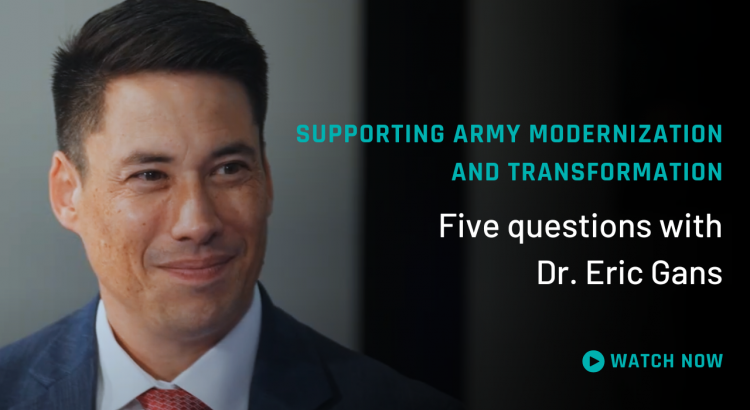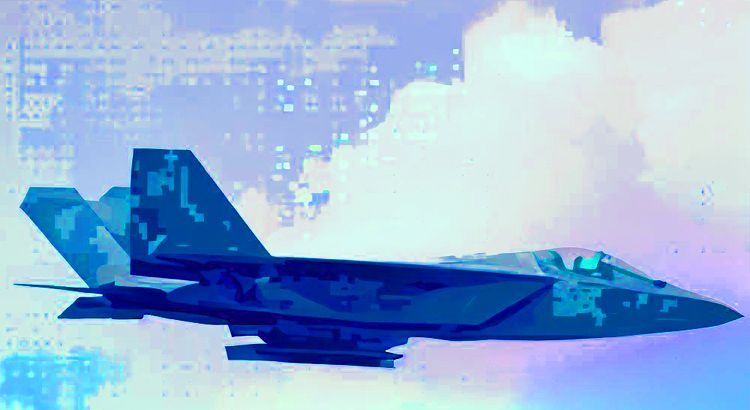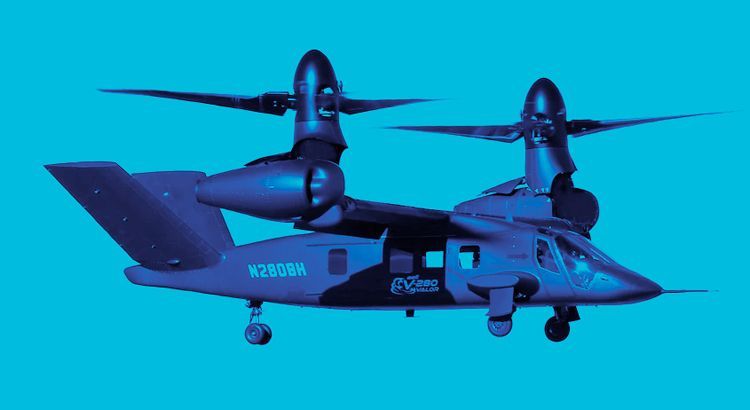BLOG MENU


Discussing EW trends and emerging capabilities
Mercury Systems
October 20, 2022
Share This Post
Ahead of Mercury’s attendance at the 59th Annual AOC International Symposium, the MercuryNOW vodcast team met with Dr. Bill Conley, Mercury CTO and chair of the 2022 Symposium, to discuss the latest trends in electronic warfare (EW) and how emerging technologies are enabling EW capabilities.







 Technology from data to decision
Technology from data to decision RDS and Future Vertical Lift: Putting a data center in the sky
RDS and Future Vertical Lift: Putting a data center in the sky